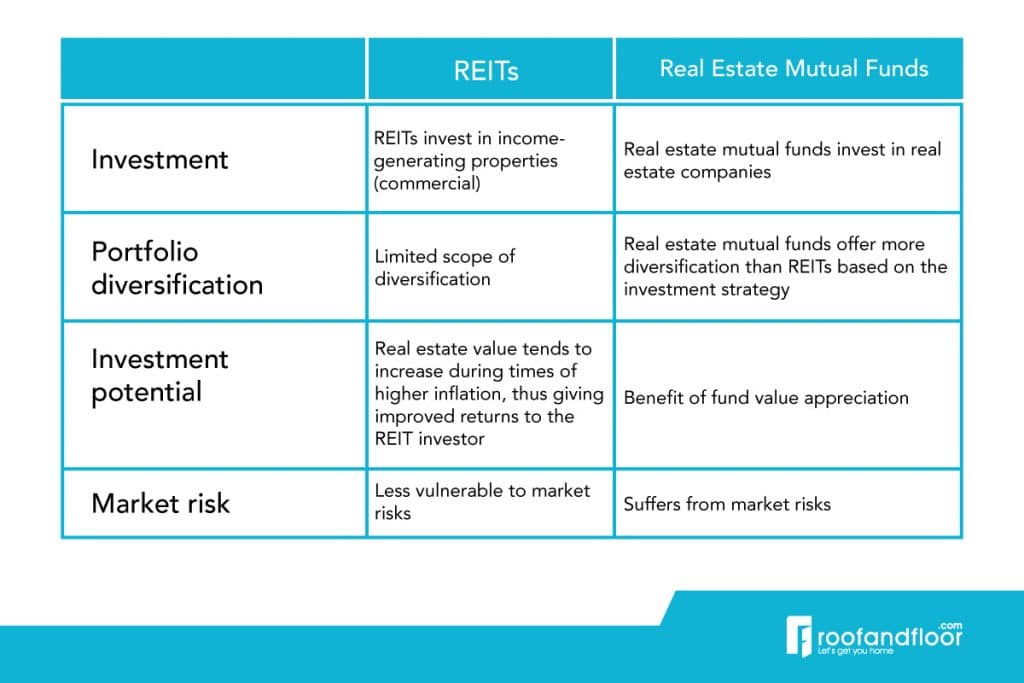About four years ago, the Securities and Exchange Board of India (SEBI) notified regulations for Real Estate Investment Trusts (REITs). And since then, there has been a fair bit of confusion over these regulations. We decided to ask the experts and find out.
But first. What are REITs?
REITs are entities that invest in income-generating properties and divide the income proceeds to the stakeholders.
“Just like mutual funds, REITs are investment vehicles that own, operate, and manage a portfolio of income-generating properties for regular returns. As of now, REIT-listed properties are largely commercial assets – primarily office spaces – that can generate steady and lucrative rental income,” explains Shobhit Agarwal, MD and CEO, ANAROCK Capital.
Did you know? First introduced in the US in the early 1960s, REITs today are a common investment mode across the world.
In India, the draft REIT regulations were introduced in 2007. Since then, the market regulator continually revised the rules to meet global norms. After many updates, on 26 September 2014, REIT regulations were finally notified in India.
The India REIT regime is aimed at providing:
- An organised market for retail investors
- A professionally managed ecosystem that is risk averse
- An exit platform for the real estate sector to ease out liquidity burden
Back in 2014, the announcement was celebrated as a game-changer for Indian real estate. After all, it was for the first time that investors with small appetite could also invest in a sector known as a capital-intensive sector. However, till date, there has not been a single REIT listing in the country.
Will that change in the future?
REITs can be a good vehicle of investment because of these advantages:
Low-entry point: One can invest in REITs with an investment as low as Rs 2 Lakh. This means that you can add real estate to your investment portfolio without worrying about huge loans.
Stable return on investments: A recent report by a leading consultancy suggests that REITs can generate returns of 7-8% annually with minimum risk. REITs can reduce the volatility of property investments as regulations state that 80% of the value of the REIT should be in rent-generating assets.
Transparency: Real estate in India has always received a bad rap when it comes to transparency. In contrast, REITs require a full valuation on a half-yearly and yearly basis.
Regular dividends: As per the current guidelines, at least 90% of the net distributable income after tax will be distributed to investors at least twice a year.
The terms and conditions
As explained earlier, 80% of the REIT investment should be in completed and rent-generating real estate. A maximum of 20% can be from:
• Under-construction properties
• The listed or unlisted debt of real estate companies
• Mortgage-backed securities
• Government securities
The challenges
A multitude of taxes has made REITs unattractive in India. For instance, when a REIT sells shares of assets, the capital gain on it is taxable.
In many other countries, REITs have been exempted from stamp duty. These tax benefits have acted as a catalyst in making REITs more practical in developed countries.
The way forward
The Blackstone-backed Embassy Group will launch the country’s first REIT. It is expected to raise approximately $1 billion as part of its strategy to monetise its rent-yielding commercial properties.
The REIT market has evolved substantially in the developed countries. Given the limited options of funding for real estate developers, it could be a way forward. REITs will open more channels for foreign funding into the sector. Though in its nascent stage, it is expected to open a whole new world of opportunities for the Indian real estate sector.



Great Post! Thanks for sharing!